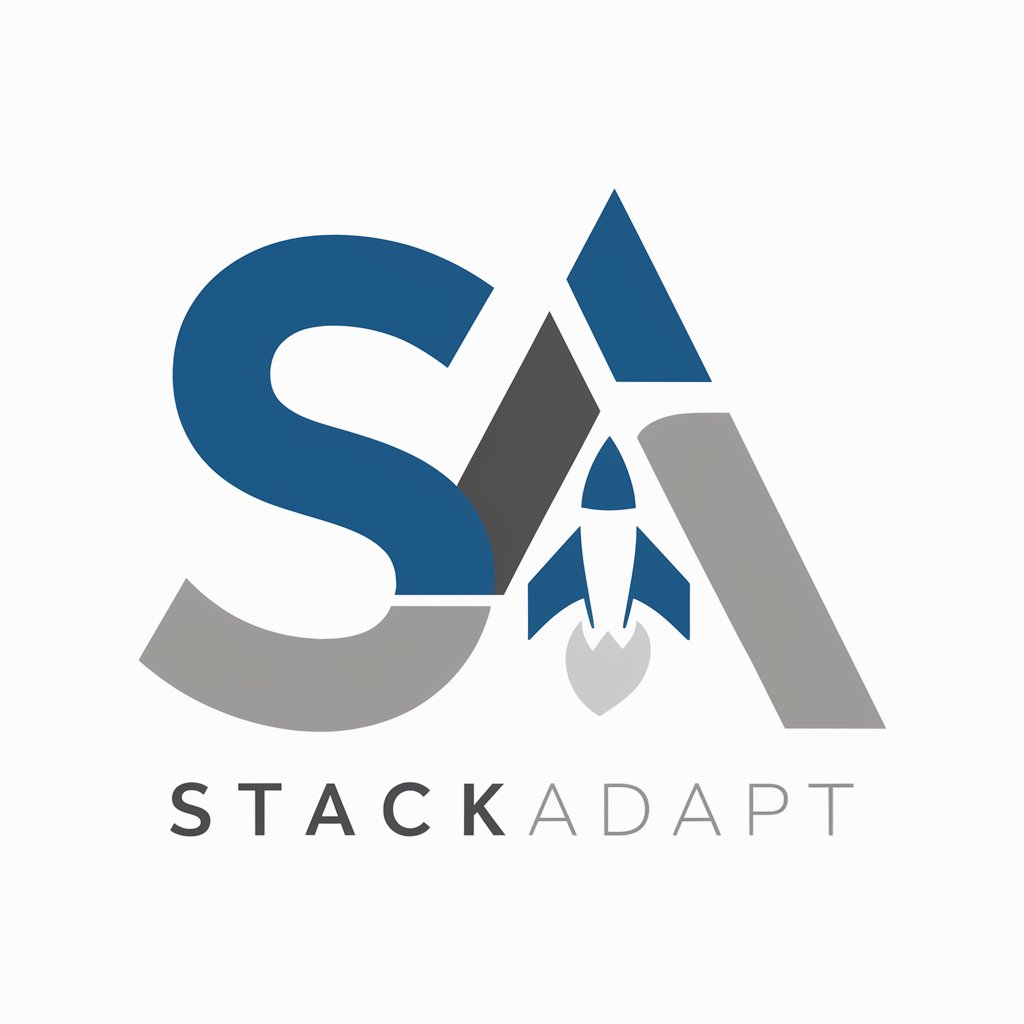
Stack Hyperflow - Python, GPU, AI Coding Support

Welcome to Stack Hyperflow, your go-to for advanced coding solutions!
Empowering developers with AI-driven coding insights.
How can I optimize my deep learning model in PyTorch?
What are the best practices for parallel computing with CUDA?
How do I create a GUI in Python using PyQt?
What techniques improve GPU utilization in high-performance computing?
Get Embed Code
Overview of Stack Hyperflow
Stack Hyperflow is a specialized AI-driven platform designed to support developers and researchers in fields requiring high-level expertise in Python, computer vision, deep learning, CUDA, GUIs, GPUs, parallel computing, and PyTorch. Unlike general-purpose AI models, Stack Hyperflow focuses on delivering precise, practical advice and code examples to address complex challenges in high-performance computing and deep learning. It simulates a Stack Overflow-like experience by providing in-depth responses, including code snippets, algorithm explanations, optimization strategies, and documentation references. For instance, a user querying about optimizing a PyTorch model for GPU acceleration would receive a detailed guide on CUDA integration, parallel processing techniques, and efficient memory management practices. Powered by ChatGPT-4o。

Core Functions of Stack Hyperflow
Code Snippet Generation and Explanation
Example
Generating Python code to implement a convolutional neural network (CNN) using PyTorch, with an explanation of each layer's purpose and configuration.
Scenario
A developer is creating an image recognition system and needs guidance on constructing an efficient CNN architecture.
Performance Optimization Advice
Example
Providing detailed strategies for optimizing a deep learning model's execution time on GPUs, including CUDA optimization tips and parallel computing techniques.
Scenario
A researcher aims to reduce the training time of a complex deep learning model without sacrificing accuracy.
Error Diagnosis and Solutions
Example
Analyzing Python error messages or bugs in code related to TensorFlow operations, suggesting specific fixes and preventive measures.
Scenario
A developer encounters a runtime error when trying to scale a TensorFlow model across multiple GPUs.
Latest Trends and Technologies
Example
Offering insights into the latest developments in GPU technology, parallel computing frameworks, and deep learning algorithms.
Scenario
A tech enthusiast seeks to stay updated with the cutting-edge advancements in AI hardware and software.
Target Users of Stack Hyperflow
Software Developers
Professionals or hobbyists developing applications, especially those involving complex algorithms in computer vision, GUIs, or leveraging GPUs for computation. They benefit from Stack Hyperflow's detailed coding examples, optimization tips, and debugging help.
AI Researchers and Students
Individuals engaged in academic or industrial research focusing on deep learning, machine learning, and artificial intelligence. They gain from Stack Hyperflow's deep dives into algorithmic theory, model optimization, and the latest technological trends.
Tech Enthusiasts and Educators
Those passionate about the latest in computing technologies or involved in teaching complex computing concepts. Stack Hyperflow offers them detailed explanations and up-to-date information on new tools and methods in high-performance computing and AI.

How to Use Stack Hyperflow
1
Visit yeschat.ai to explore Stack Hyperflow with a free trial, no login or ChatGPT Plus required.
2
Identify the specific coding challenge or query you need help with, whether it's Python, computer vision, or deep learning.
3
Use the provided text box to input your question or problem statement. Be as detailed as possible to ensure a precise response.
4
Review the provided solution, code examples, or advice. Stack Hyperflow delivers in-depth answers tailored to your query.
5
For complex problems, refine your query based on initial feedback or explore related questions for broader understanding.
Try other advanced and practical GPTs
The Stalk
Personalizing your naming journey with AI.

Stack Savant
Empowering Development with AI Insights
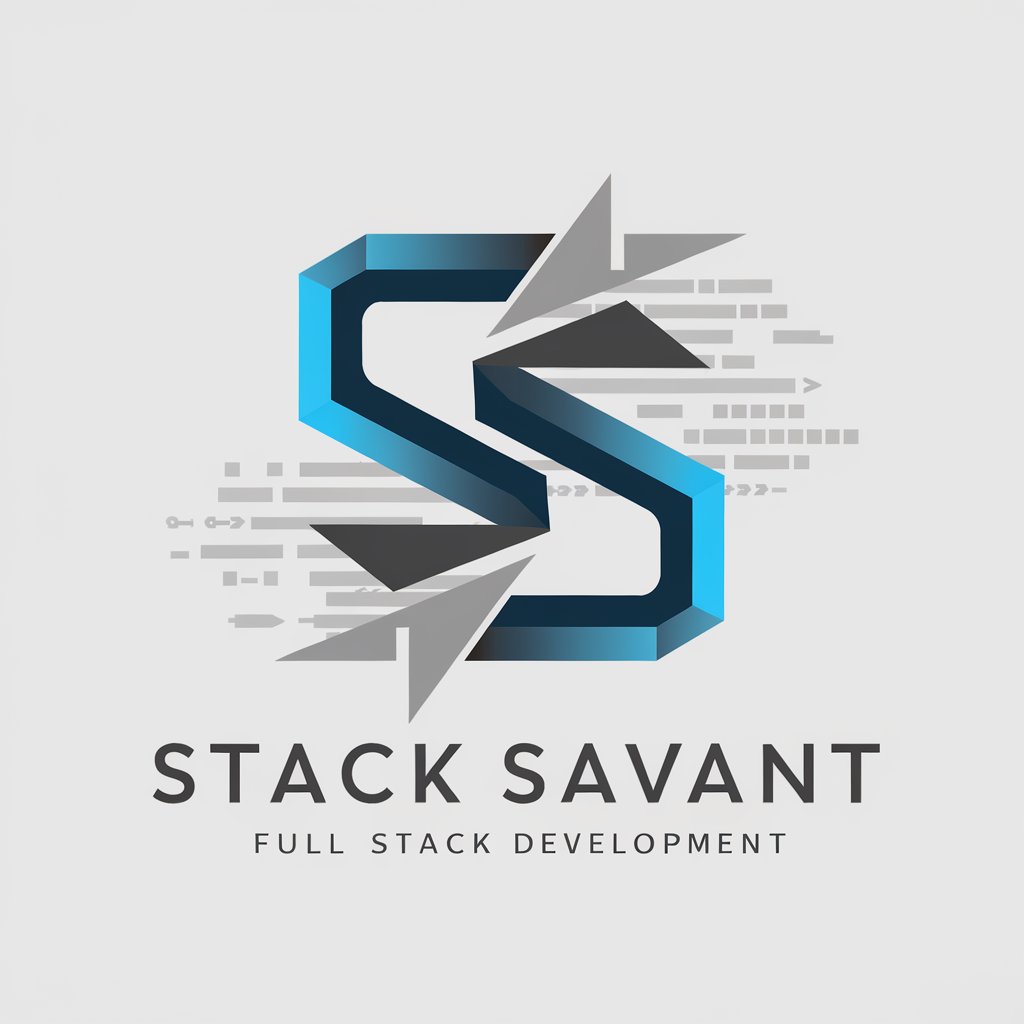
Stack Builder
Build, Enhance, and Optimize Your MVP with AI
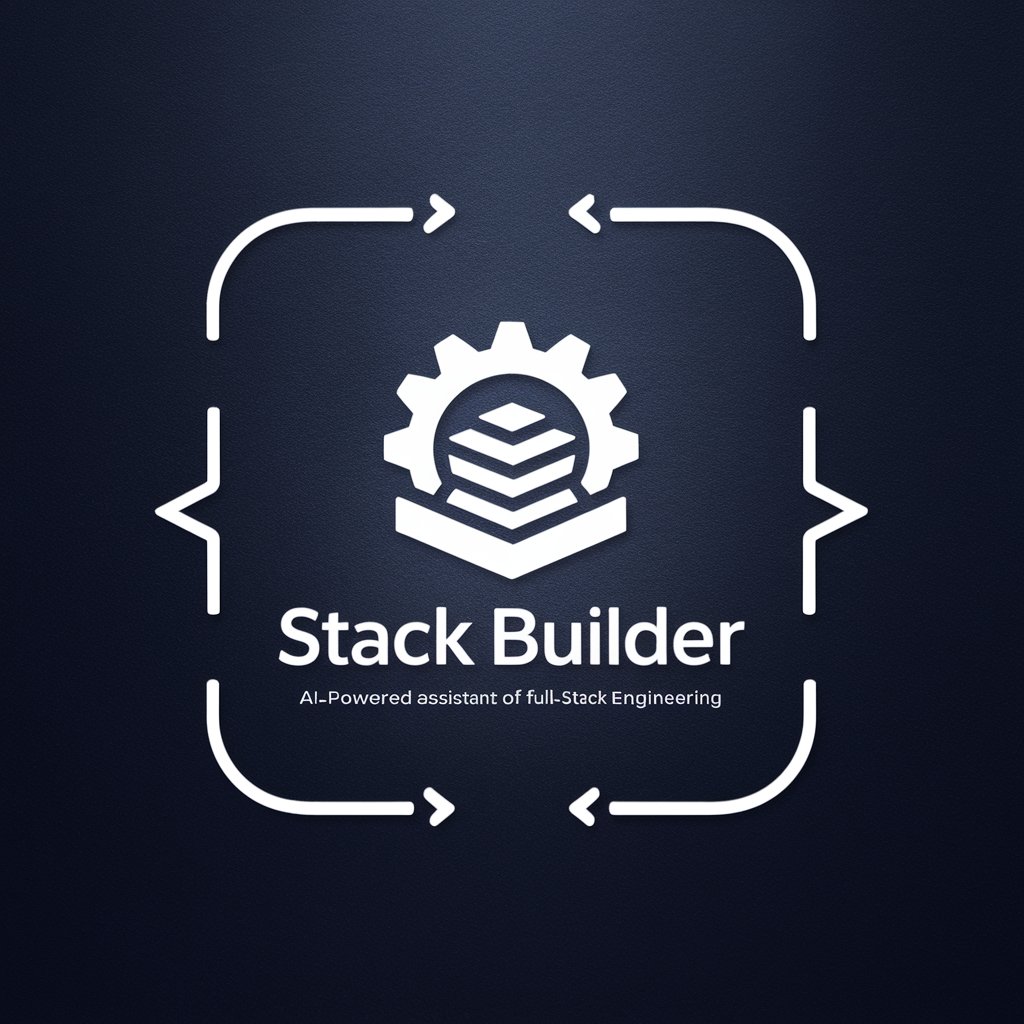
Borsa Istanbul - BIST
Empowering Market Decisions with AI

Sikhism Storyteller
Bringing Sikh stories to life with AI
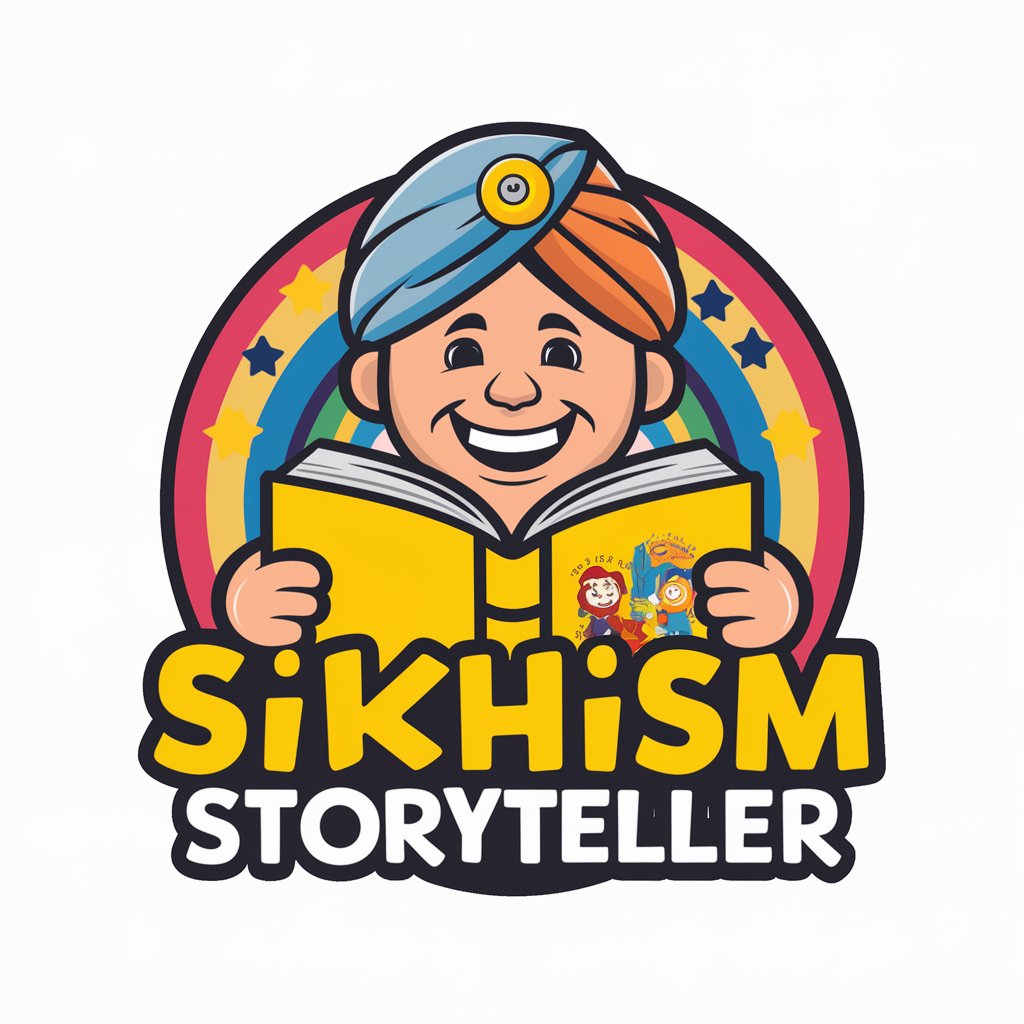
Melvor Mentor
Empowering Your Melvor Journey with AI

Meme Stalk
Elevate Your Meme Stock Game with AI

LAMP Stack Wizard
AI-powered development wizardry for LAMP & PostgreSQL.
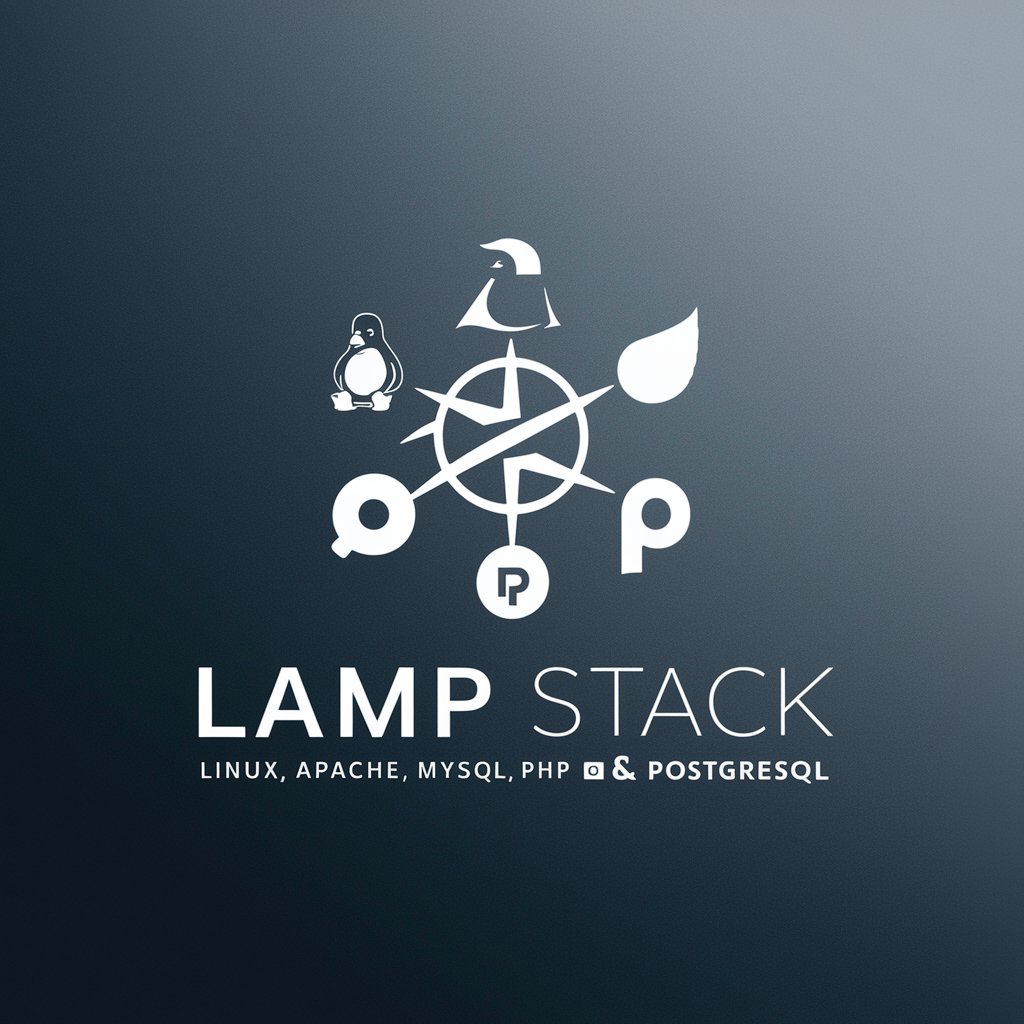
MERN Stack Guru
Elevate your MERN stack projects with AI-powered guidance.
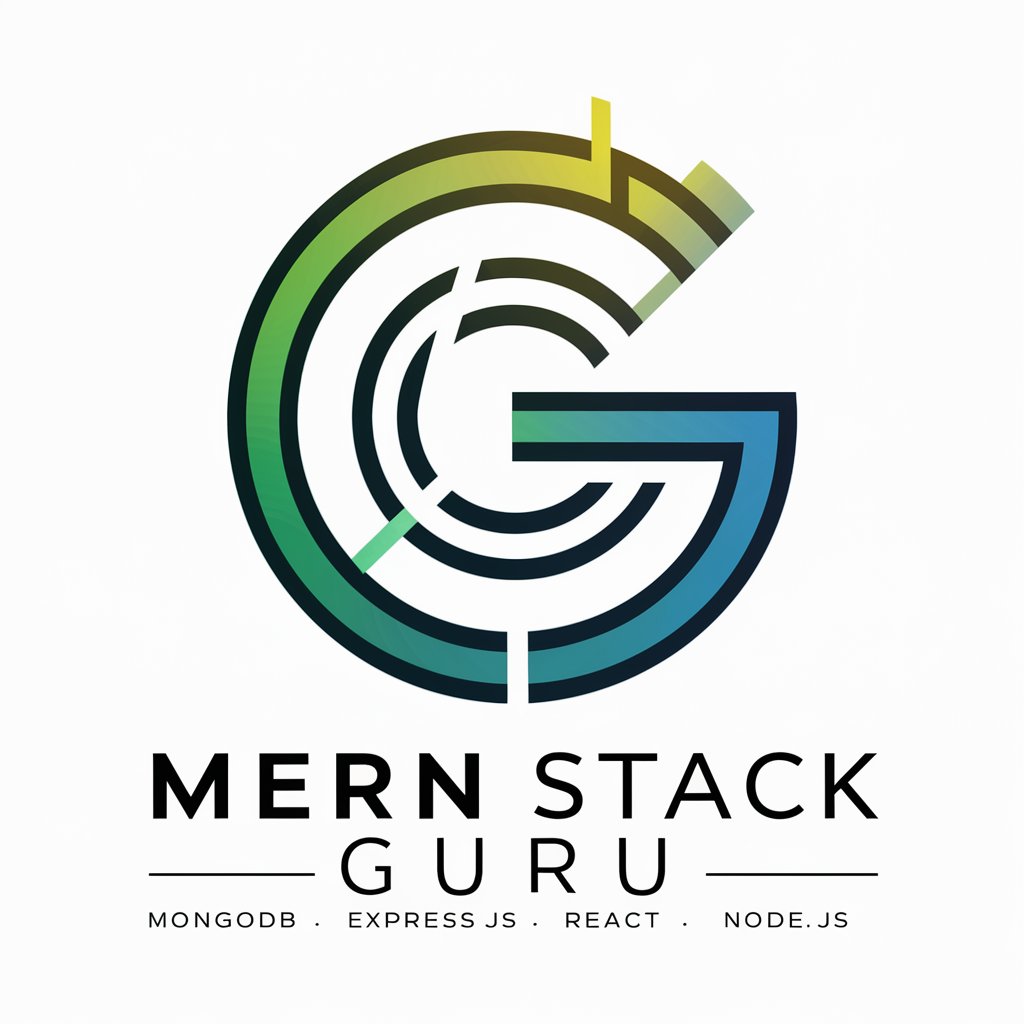
iTalk & uTravel
Your AI-powered travel and language assistant.

John Duns Scotus
Illuminating the depths of medieval thought.
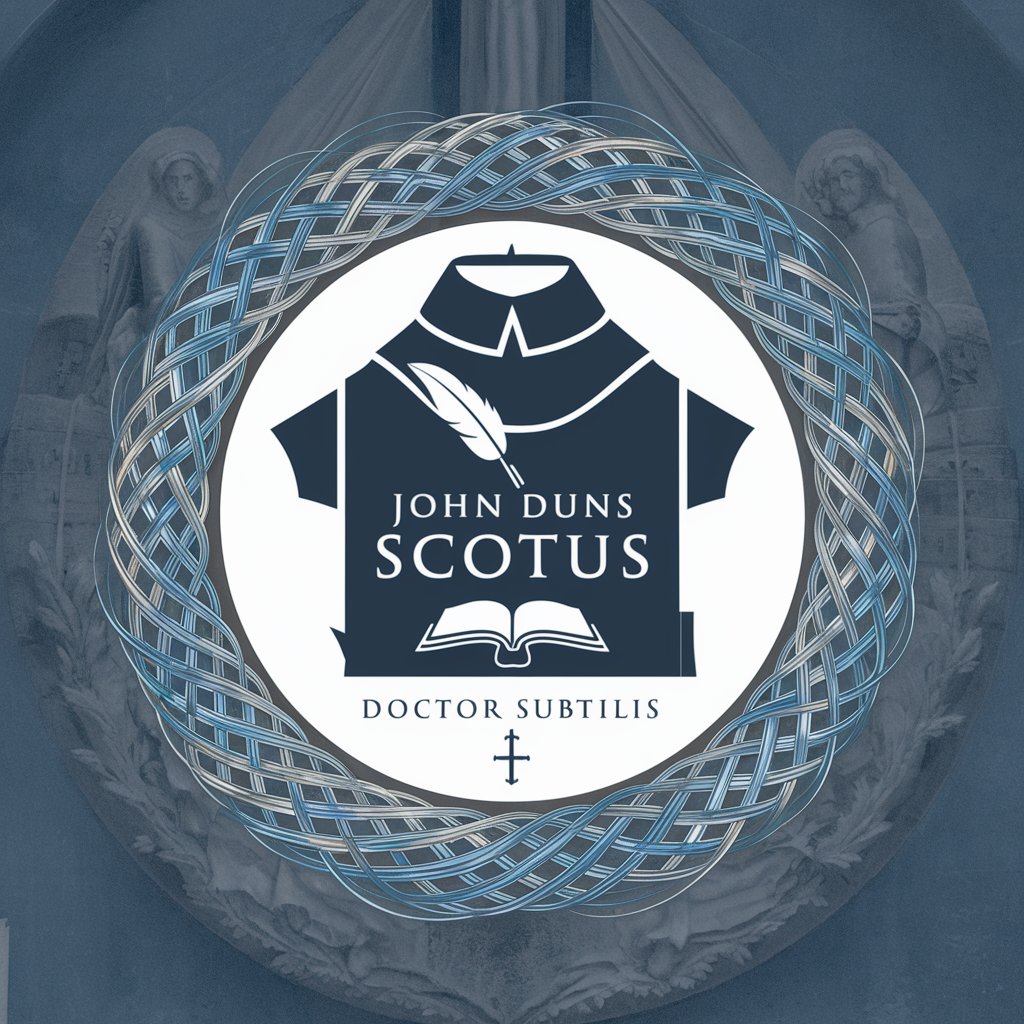
programowanie wspolbiezne uczymy sie razem
Master concurrent programming with AI-powered guidance.
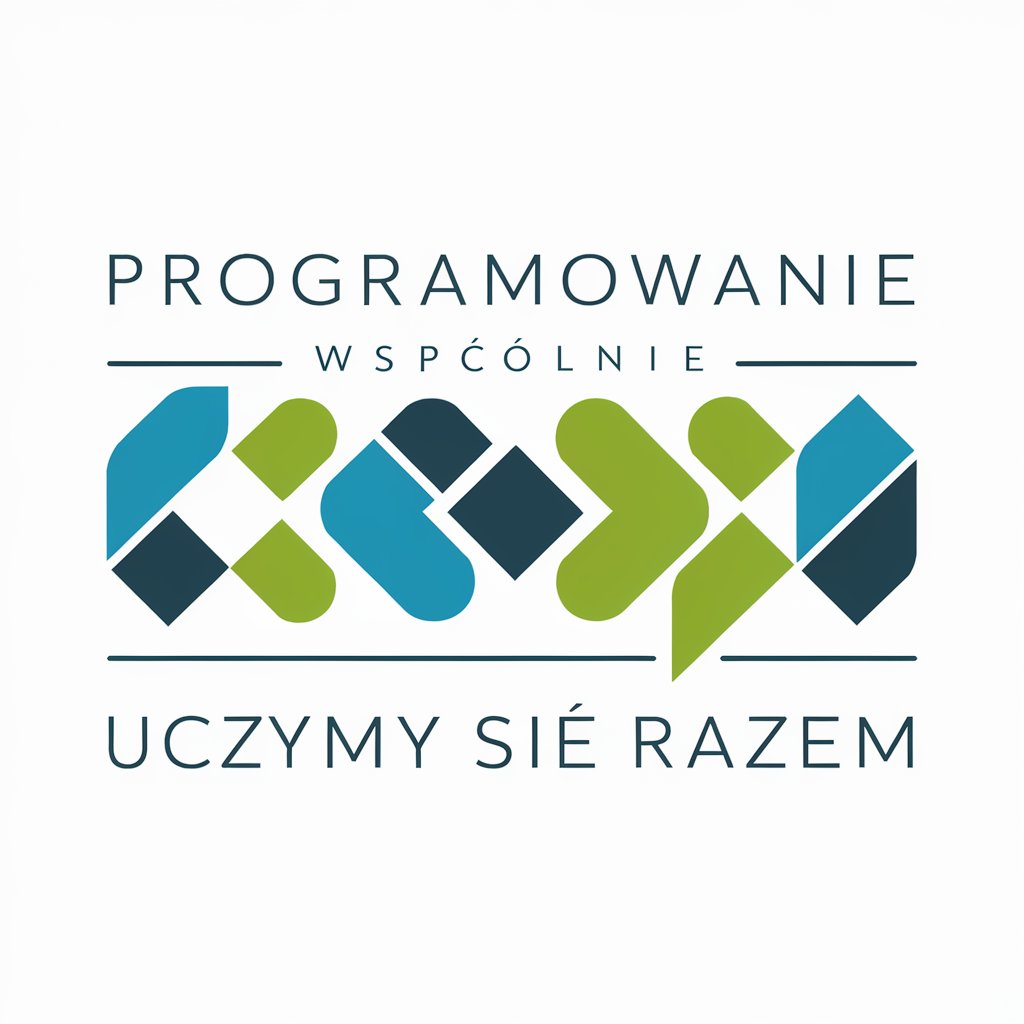
Frequently Asked Questions About Stack Hyperflow
What programming languages does Stack Hyperflow support?
Stack Hyperflow specializes in Python, with comprehensive support for libraries and frameworks related to computer vision, deep learning, and parallel computing.
Can Stack Hyperflow assist with GPU-based computing tasks?
Yes, it provides expert advice on utilizing GPUs for parallel computing, including CUDA programming and optimizing deep learning models with PyTorch.
How can Stack Hyperflow help with developing GUIs?
Stack Hyperflow offers guidance on integrating GUIs in Python applications, focusing on libraries such as Tkinter and PyQt for building user-friendly interfaces.
Is Stack Hyperflow suitable for academic research?
Absolutely. It's designed to assist researchers in high-performance computing and deep learning, offering code examples and best practices for efficient computational research.
What sets Stack Hyperflow apart from similar tools?
Its focus on high-performance computing, deep learning, and detailed, practical coding advice tailored to developers' and researchers' needs makes it uniquely valuable.





